After Clash’s catastrophic opening weekend in May, players have been waiting both patiently and not-so-patiently for the return of League of Legends’ most exciting new feature in years.
Clash is an in-game tournament feature that was planned for a release in May. It would have allowed players of all skill levels to compete in a more serious, esports-esque environment against other players of similar skill levels. There was a ticket buy-in, pretty cool rewards, and the community’s interest in it was higher than it’s been for a new League feature in a couple of years. But then, upon launch, it broke.
At first, Riot announced its plan to test, test, and test some more before trying to reintroduce the broken game mode to its fans. After all, if its next release turned out as poorly as the first one, the result could be even worse than widespread disappointment. That announcement was very vague, however, simply stating that Riot would be extra, extra, really, very careful in testing, so it could be a while.
After yesterday’s update, we have a solid idea for when it’ll be back. Brace yourselves, Clash fans, because this one’s going to sting a little.
Regional testing will begin by the end of the year, which means we’re probably looking at a pre-season launch at the earliest, but more realistically it’ll be a 2019 release. Yikes.
The rest of the announcement was the same old “we’re going to be really careful this time, guys” as before, aside from a few details surrounding the actual cause of the failed feature that were thrown into the mix. Apparently, League‘s back-end was built up so quickly to keep up with its rapid growth, that the game was written as something called a monolithic service.
For those of us that aren’t coding nerds, that simply means that the user interface of the game, data input and output, data processing, any error system, and all other distinguishable features are baked into one single program and platform.
The benefits of such a system match Riot’s reasoning for creating League using that structure, according to tech blog Microservices. It’s fast, easy to deploy, and relatively simple. And more importantly, it matches the same drawbacks mentioned by Riot in the post, too.
Now that League’s program is so large, going in to edit the program for anything, including new features and simple balance changes, is more difficult. It also slows down almost everything from continued deployments of new features, to loading the game, and ultimately its growth as well.
So essentially, when Riot tried to launch Clash, too many people were accessing it at once on this monolithic program we call League of Legends, the program was overloaded, and it blew up. Whoops.
Now the real story is probably a lot more complicated than that, but using the information provided by Riot in the post, that’s all we can know for now. Fortunately, Riot seems to really be taking the fixing of Clash seriously, or we wouldn’t have to wait another five or more months to see it again.
The sooner the better, though, because League isn’t typically a factory of disappointments as large as this one. Aside from Clash’s implosion, the only other mega-letdown in the past few years was Dynamic Queue, so this is going to be one that players remember for a long, long time.


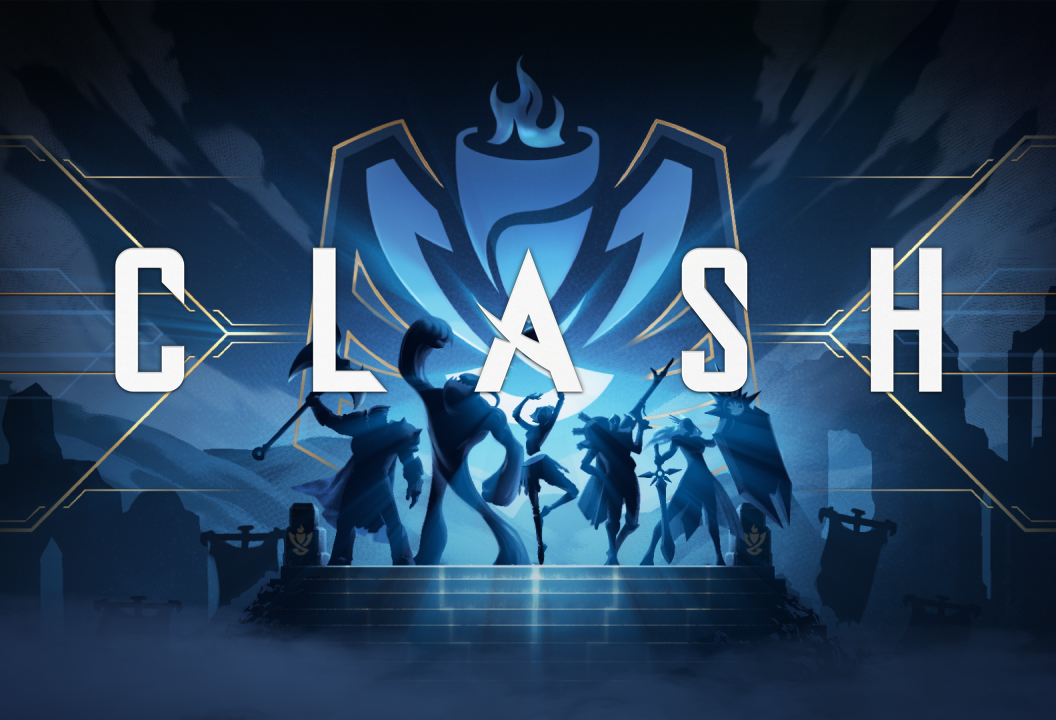
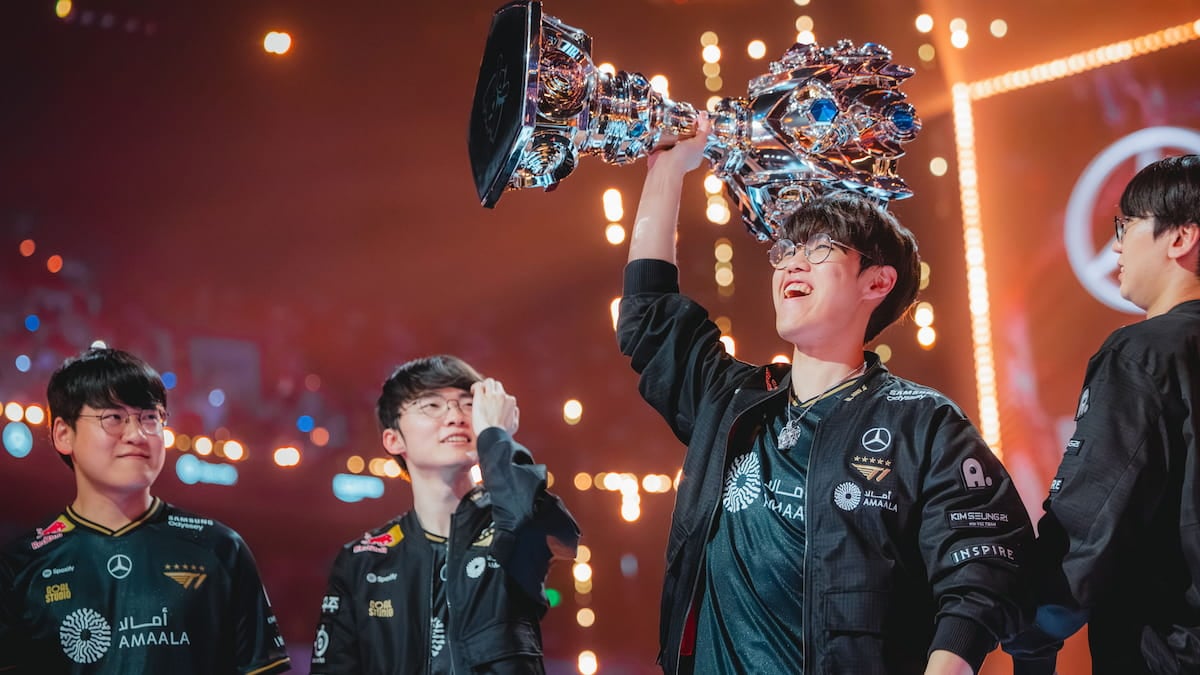
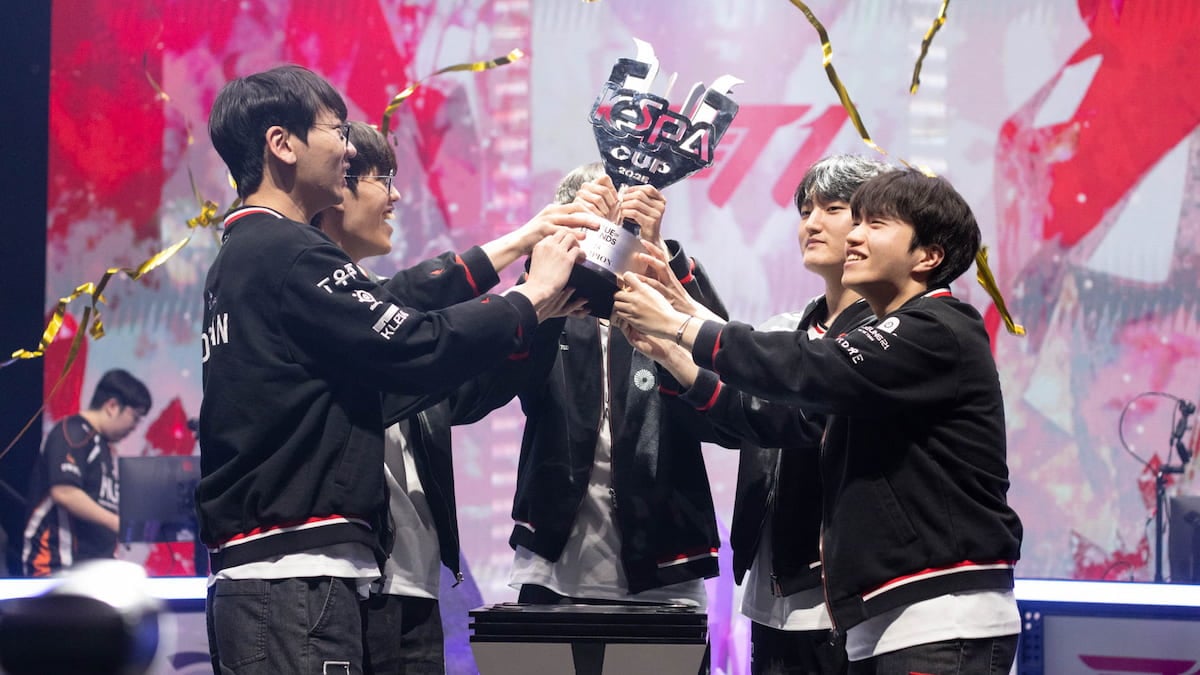

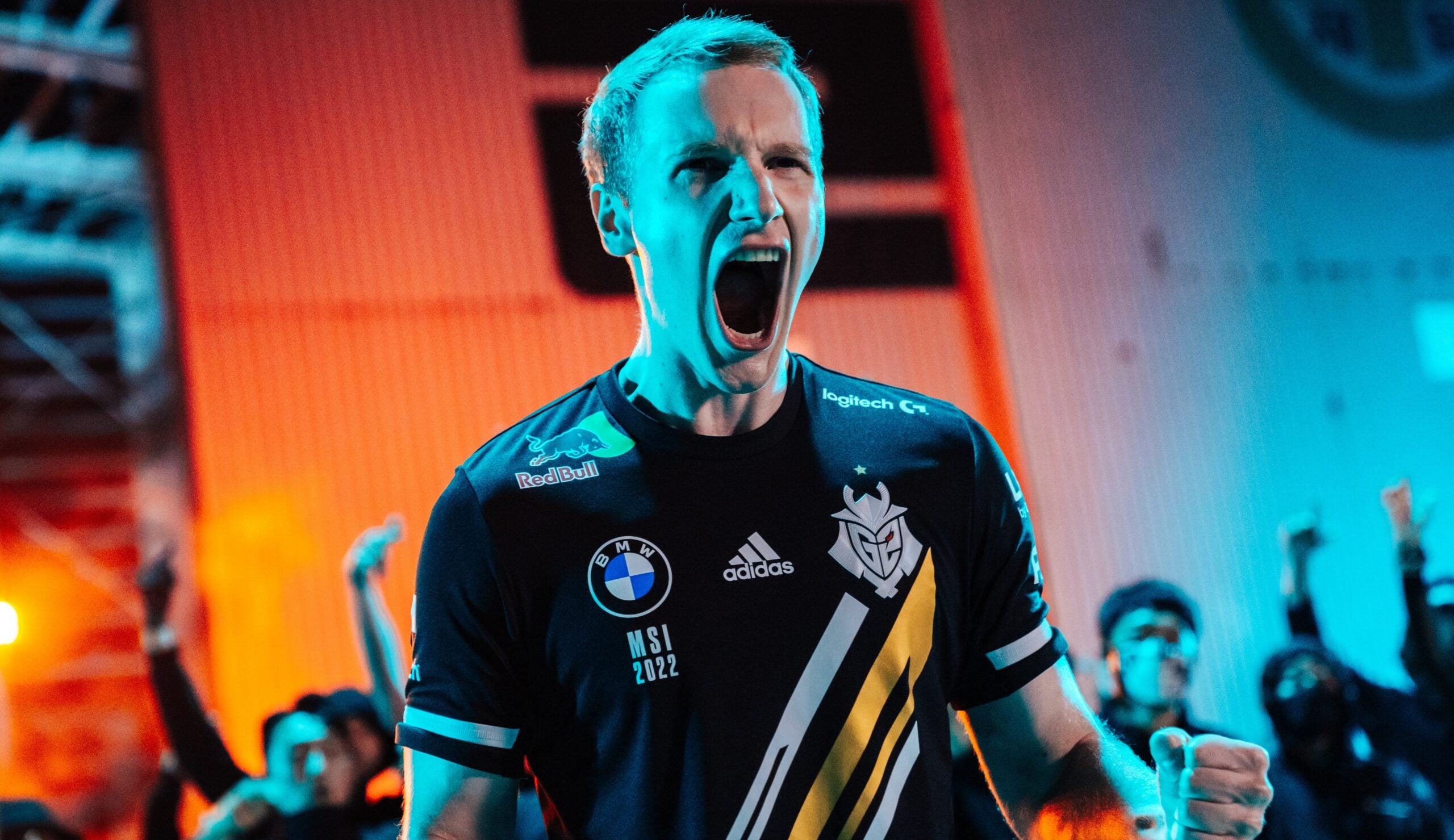


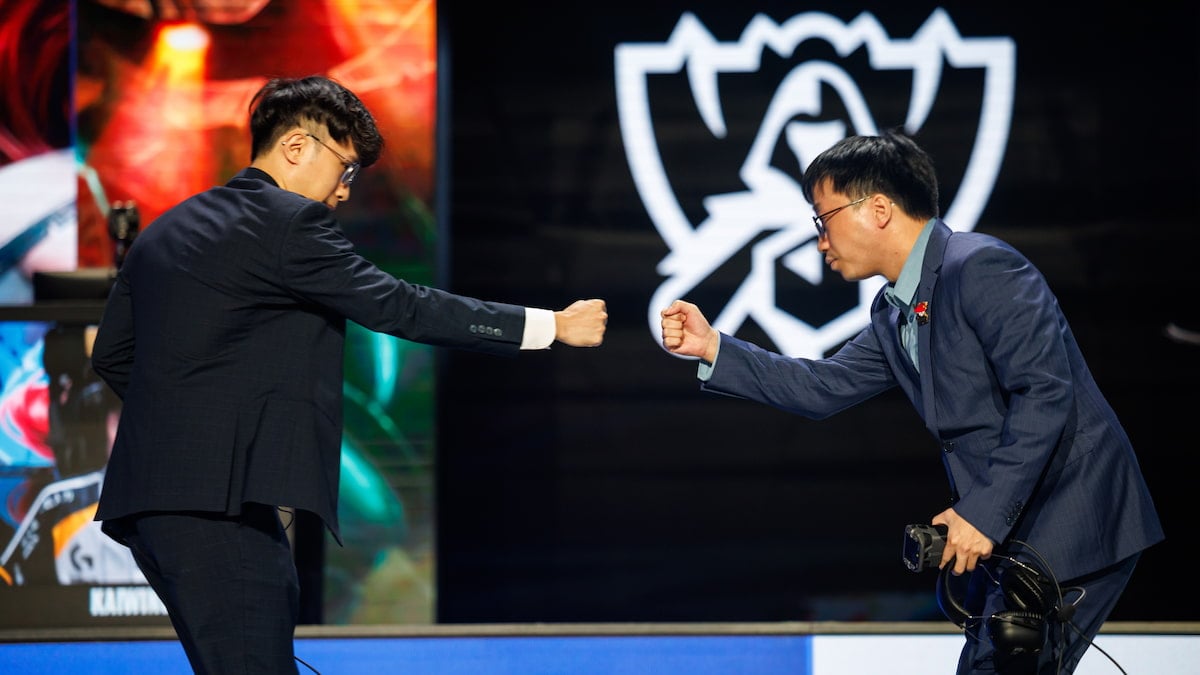
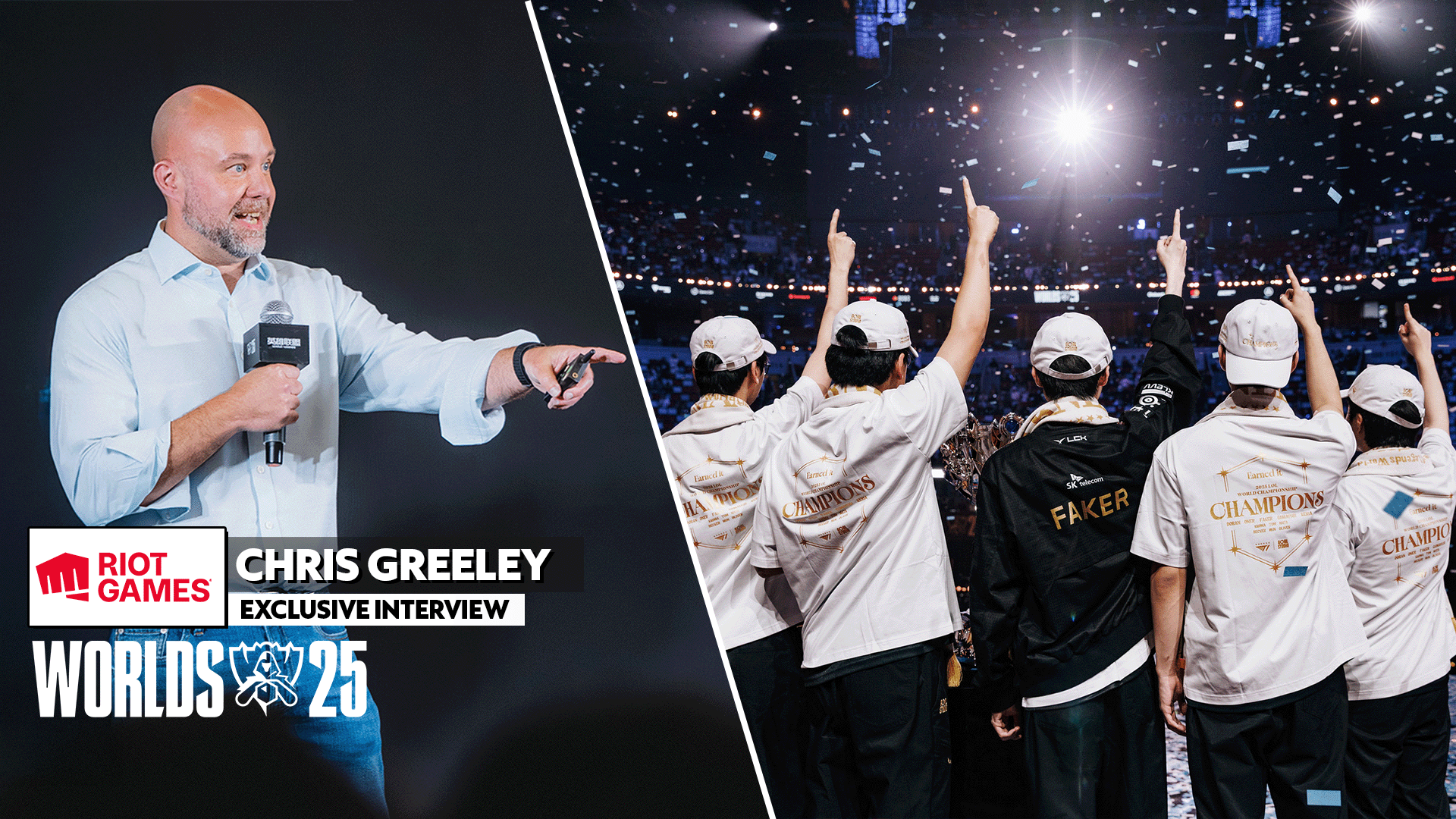
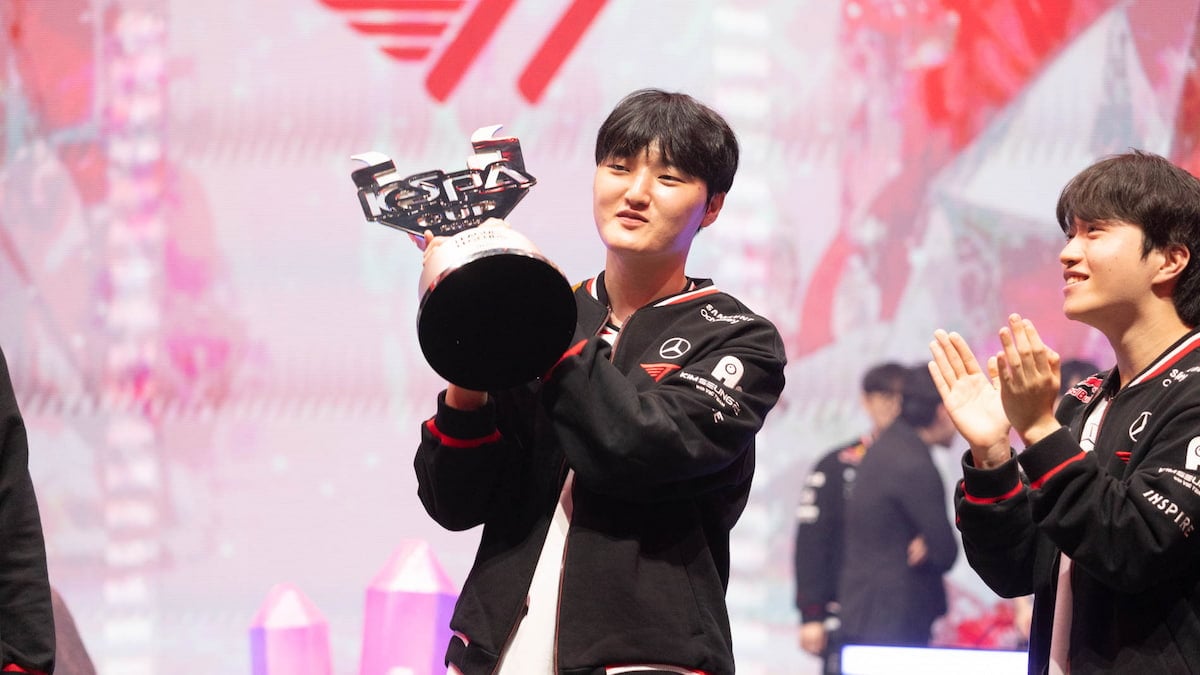
Published: Jul 3, 2018 01:45 pm